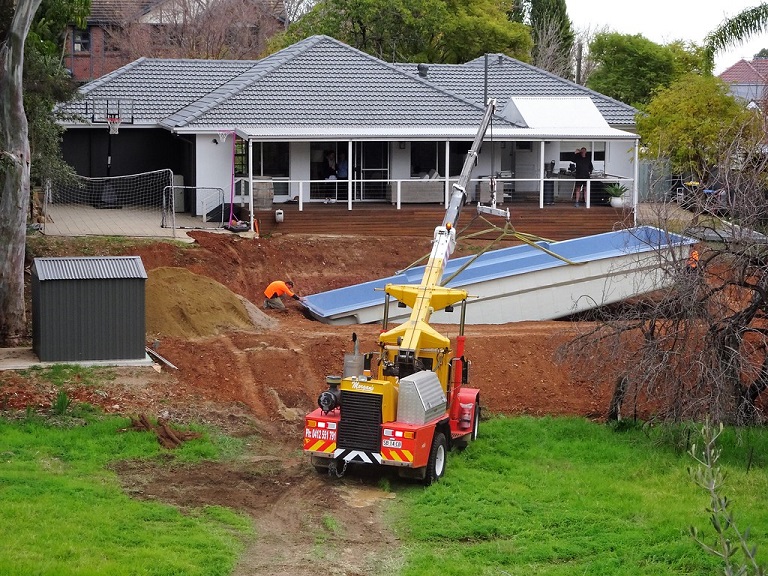Nothing drags down curb appeal faster than peeling, weather-worn paint. While a new coat of paint can transform a home’s appearance, doing it well takes more than just a brush and a bucket. Many homeowners attempt to do it themselves, only to see paint fade, crack, or peel far too quickly. So, how do professionals achieve a flawless, durable finish that stands up to the elements? This post will answer that question, covering the proven methods, premium materials, and expert tools they use.
The Importance of Surface Preparation
Every paint job is built upon surface preparation. Without a clean, smooth surface, paint won’t adhere properly, leading to early peeling or bubbling.
Exterior painting contractors start by thoroughly cleaning surfaces, often using power washers to blast away dirt, mildew, and loose paint. Once dry, they carefully scrape peeling areas and sand rough spots for a smooth foundation. Any cracks, holes, or gaps are filled with exterior-grade caulk or filler to protect the home from moisture damage.
The next step is priming. A high-quality primer seals the surface and makes sure the paint bonds tightly for a longer-lasting result. Professionals select primers tailored to the material—whether it’s wood, stucco, or brick—so the topcoat adheres seamlessly.
The Right Paint for Long-Term Results
Not all paint is created equal, and exterior painting contractors know exactly what products deliver the best results.
For most exteriors, 100% acrylic latex paints are the preferred choice. They offer flexibility, which prevents cracks, and provide excellent UV protection to resist fading. On surfaces like trim or metal, oil-based paints are popular for their durability and smooth finish.
Speaking of finishes, they matter too. Flat finishes can hide imperfections, but lack the durability needed for high-traffic areas. Semi-gloss and gloss finishes are tougher and easier to clean, making them ideal for doors, shutters, and trim.
Techniques That Guarantee a Lasting Finish
The techniques used by professional contractors are just as important as the materials. Precision and patience are key to getting those enduring results.
- Applying Multiple Thin Coats: Instead of slathering on one heavy layer, contractors apply thin, even coats. This improves adhesion and prevents drips or streaks.
- Precision with Tools: Sprayers are used for large surfaces, delivering smooth coverage quickly, while brushes and rollers handle detailed areas like edges and trim.
- Allowing Proper Drying Time: Professionals never rush the process. Each coat is given time to dry completely before the next is applied, ensuring a strong, durable bond.
- Cutting In with Care: Before tackling broad surfaces, painters carefully cut in around windows, trim, and edges to create clean, sharp lines for a polished finish.
By combining these techniques, contractors create a professional-grade paint job that holds up for years, even against harsh weather.
Specialized Tools Make the Difference
Professionals rely on specialized tools to get results that simply aren’t attainable by DIY projects. Power sanders smooth out rough or peeling surfaces quickly, while caulking guns seal gaps to protect against moisture. Paint sprayers ensure smooth, even coverage on large or textured surfaces, like brick or stucco.
Many contractors use moisture meters to test surfaces for dampness, making sure the conditions are ideal before they start painting. If the surface is damp, it can cause adhesion problems, leading to early peeling and a shorter lifespan for the paint job.
The Role of Weather and Timing
Even the best preparation and tools won’t help if paint is applied under poor weather conditions. Professionals understand how temperature, humidity, and sunlight impact the outcome of a project.
Paint cures best in moderate temperatures—between 50°F and 85°F—with low humidity levels. Too much heat or direct sunlight can cause paint to dry too quickly, leading to cracks or uneven coverage. Meanwhile, rain or high humidity can interfere with adhesion and leave surfaces vulnerable to moisture.
By carefully monitoring forecasts and timing their work, contractors guarantee their paint dries properly and bonds securely, so the finish stands the test of time.
Final Steps That Enhance Durability
To further protect the exterior, contractors often take additional steps after painting. For wood surfaces, they apply sealants for an added layer of protection against moisture and UV rays. In damp or shaded areas, mildew-resistant additives are mixed into the paint to prevent mold growth.
On certain materials, professionals may also apply a clear protective coating to preserve the finish and extend its lifespan without changing its appearance. These extra measures guarantee that the paint job lasts through years of exposure to the elements.
Why Working with Professionals Matters
While painting may seem straightforward, it takes skill, experience, and the right tools to get that beautiful, durable finish. Professional exterior painting contractors follow a process that emphasizes preparation, precision, and the use of high-quality materials. They know how to address challenges like peeling paint, moisture issues, and tricky surfaces to ensure the job is done right the first time.
By hiring professionals, you save time and effort and protect your investment with a finish that enhances curb appeal and stands the test of time.





